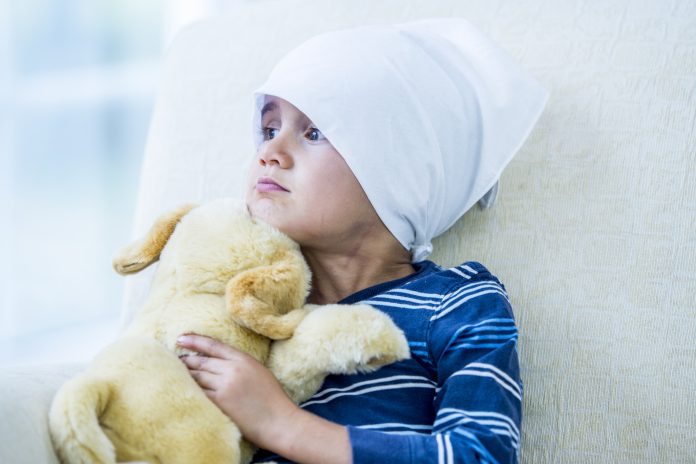
The first classification of pediatric cancers has been compiled by the International Agency for Research on Cancer (IARC) as part of the new World Health Organization (WHO) Classification of Tumors series. Notably, the WHO Classification of Pediatric Tumors will reflect the shift to molecular diagnosis based on tumor genomics
A description of the classification scheme is outlined this week in Cancer Discovery a journal of the American Association for Cancer Research. Stefan M. Pfister, MD, director of the Hopp Children’s Cancer Center Heidelberg (KiTZ) is the first author of that paper.
“Pediatric tumors differ radically from adult tumors in terms of tumor types, etiology, biology, and therapeutic approaches,” said Pfister. “Therefore, a pediatric age-focused classification is an instrumental step in allowing practitioners to identify the best treatment option on the basis of the most precise and accurate diagnosis.”
Tumor classification helps stratify each disease entity in a hierarchical system based on predefined criteria. Since 1956, the WHO has promoted the publication of the Classification of Tumors, more commonly known as the WHO “blue books.” Each book provides a state-of-the-art classification of tumors for each organ. Previously, pediatric tumors were incorporated together with adult tumors in organ-specific tumor classifications.
The authors incorporated traditional morphology, immunohistochemistry, and molecular characteristics to provide essential criteria for the definition of tumor types.
As noted, the pediatric blue book reflects the transition from traditional diagnostic approaches based on histological/microscopic findings and immunohistochemistry to molecular diagnosis based on tumor genomics, which has brought a major revolution in the tumor classification criteria.
Mesenchymal (soft tissue) tumors are still mostly classified by morphologic criteria, with genetic analysis complementing the traditional approach, while central nervous system tumors and leukemias are mostly classified on the basis of recurrent molecular or epigenetic alterations. This may soon be complemented by additional emerging technologies, such as more standardized proteomics and single-cell or liquid biopsy analyses, the authors note.
While sporadic (non-hereditary) genetic alterations play a key role in the development of the majority of pediatric tumors, approximately 10 percent of the cases are associated with hereditary cancer predisposition syndromes. The pediatric blue book contains a classification of these syndromes and identifies the challenges associated with their diagnosis and treatment.
“A holistic perspective should consider a childhood tumor not only as an organ-site disease, but as an organ-site disease in the context of a developing organism,” said Rita Alaggio, MD, head of the Pathology Unit, Department of Laboratories, at Bambino Gesù Children’s Hospital in Rome, and a co-corresponding author of the paper.
“Spending 2-3 percent of the cost of a modern cancer therapy to establish a precise, unbiased, and unambiguous diagnosis that harmonizes molecular tumor typing, prognostic and predictive biomarkers, and potential cancer predisposition is an extremely good investment to improve patient outcomes and spare treatment side effects,” added Pfister.
One limitation of this effort is that tumor classification and molecular characterization are moving targets, so any classification can only provide an up-to-date snapshot reflecting the current knowledge.
“For this reason, the WHO has implemented mechanisms to update specific aspects of the classifications between editions,” said Alaggio. “Additionally, the WHO will have all tumor classifications in an online format where they can also be updated in real time.”











